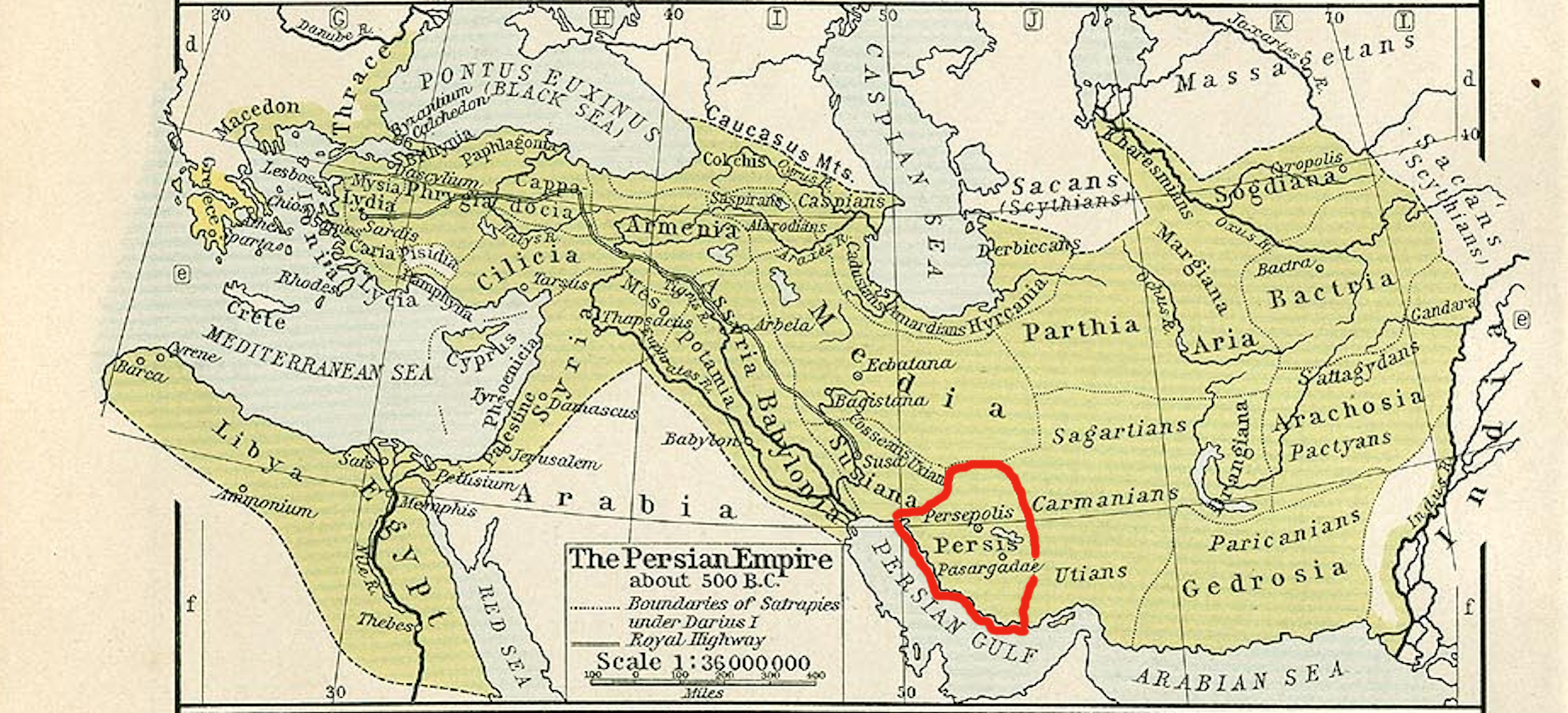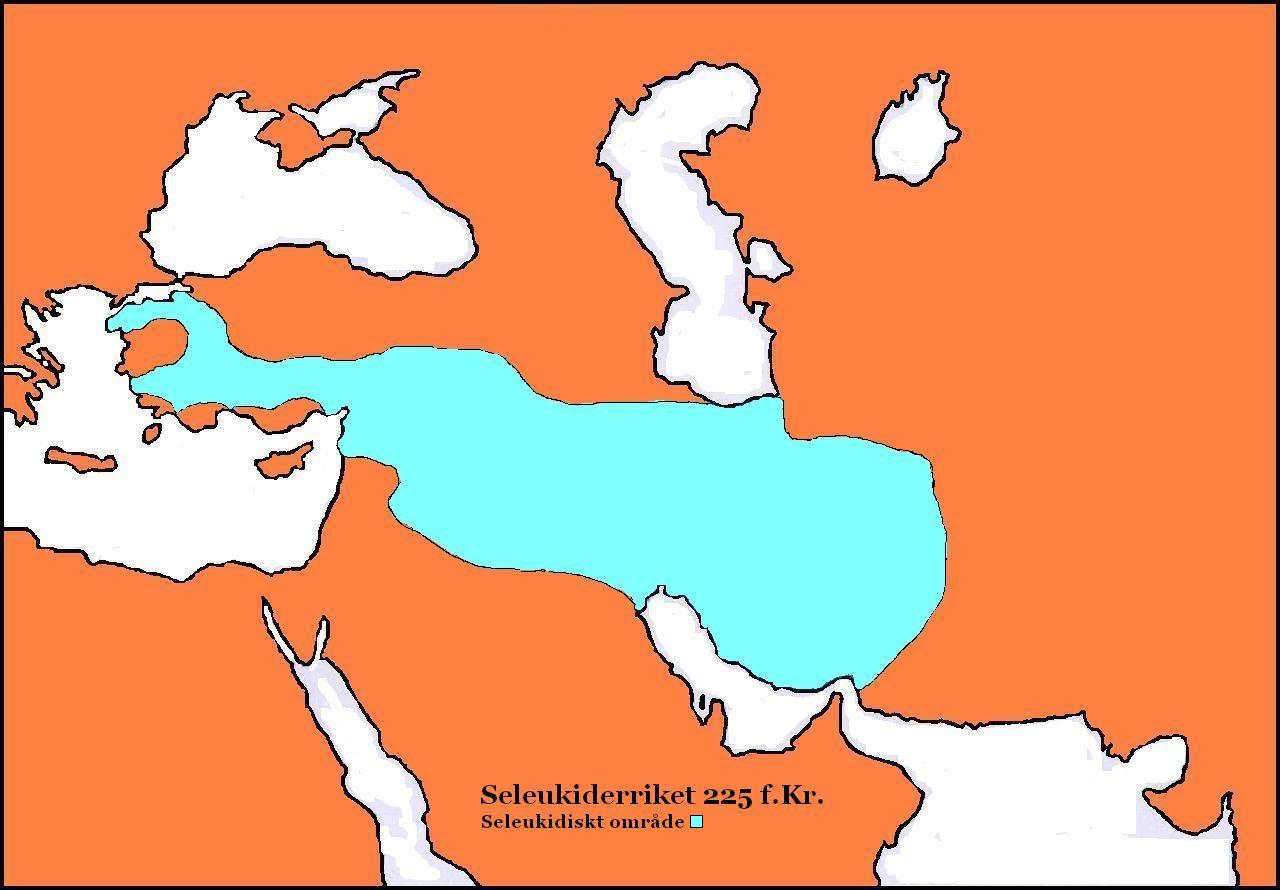|
Sagdodonacus
Sagdodonacus was an Iranian officer, who served as the governor of Characene from to 164 BC under suzerainty of the Frataraka rulers of Persis. He was the father of Hyspaosines. Name The name of ''Sagdodonacus'' ("to hold, to keep") is seemingly Bactrian and he was presumably of Bactrian origin himself. He was called Saxt in the accounts of the 10th-century historian Hamza al-Isfahani. Biography The Frataraka rulers of Persis were local rulers subject to the Seleucid Empire since the 2nd-century BC. After the death of Antiochus III the Great in 187 BC, however, Seleucid rule weakened in its southern provinces, which allowed Persis under Wahbarz to not only declare independence, but also expand over the region of Characene, appointing Sagdodonacus as its governor. The precise date of the Persis conquest of Characene and Sagdodonacus' appointment is unknown. It may have been in the summer 184 BC, when Seleucid authority over its southern provinces seem to have been further wea ... [...More Info...] [...Related Items...] OR: [Wikipedia] [Google] [Baidu] |
Wahbarz
Wahbarz (also spelled Vahbarz), known in Greek language, Greek sources as Oborzos, was a dynast (''frataraka'') of Persis in the 1st half of the 2nd century BC, ruling from possibly to 164 BC. His reign was marked by his efforts to establish Persis as a kingdom independent from Seleucid Empire, Seleucid authority. He was able to reign independently for three decades, and even expanded to the west, seizing the Seleucid province of Characene. In 164 BC, the Seleucids repelled Wahbarz's forces from Characene, forcing him to re-submit as a Seleucid vassal. He was succeeded by Baydad. Background Since the end of the 3rd or the beginning of the 2nd century BCE, Persis had been ruled by local dynasts subject to the Seleucid Empire. They held the ancient Persian title of ''frataraka'' ("leader, governor, forerunner"), which is also attested in the Achaemenid-era. The Achaemenid Empire, which had a century earlier ruled most of the Near East, originated from the region. The ''frataraka' ... [...More Info...] [...Related Items...] OR: [Wikipedia] [Google] [Baidu] |
Hyspaosines
Hyspaosines (also spelled Aspasine) was an Iranian peoples, Iranian prince, and the founder of Characene, a kingdom situated in southern Mesopotamia. He was originally a Seleucid Empire, Seleucid satrap installed by king Antiochus IV Epiphanes (), but declared independence in 141 BC after the collapse and subsequent transfer of Seleucid authority in Iran and Babylonia to the Parthian Empire, Parthians. Hyspaosines briefly occupied the Parthian city of Babylon in 127 BC, where he is recorded in records as king (''šarru''). In 124 BC, however, he was forced to acknowledge Parthian suzerainty. He died in the same year, and was succeeded by his juvenile son Apodakos. Name and background Of Iranian peoples, Iranian descent, Hyspaosines' name is a Hellenization, Hellenized name of Persian language, Persian or Bactrian language, Bactrian origin, possibly derived from the Old Iranian ''vispa-čanah'' ("who appreciates all [things]"). Hyspaosines' father, Sagdodonacus, seemingly had a ... [...More Info...] [...Related Items...] OR: [Wikipedia] [Google] [Baidu] |
Iranian Peoples
The Iranian peoples or Iranic peoples are a diverse grouping of Indo-European peoples who are identified by their usage of the Iranian languages and other cultural similarities. The Proto-Iranians are believed to have emerged as a separate branch of the Indo-Iranians in Central Asia around the mid-2nd millennium BC. At their peak of expansion in the mid-1st millennium BC, the territory of the Iranian peoples stretched across the entire Eurasian Steppe, from the Great Hungarian Plain in the west to the Ordos Plateau in the east and the Iranian Plateau in the south.: "From the first millennium b.c., we have abundant historical, archaeological and linguistic sources for the location of the territory inhabited by the Iranian peoples. In this period the territory of the northern Iranians, they being equestrian nomads, extended over the whole zone of the steppes and the wooded steppes and even the semi-deserts from the Great Hungarian Plain to the Ordos in northern China." The ... [...More Info...] [...Related Items...] OR: [Wikipedia] [Google] [Baidu] |
Sasanian Empire
The Sasanian () or Sassanid Empire, officially known as the Empire of Iranians (, ) and also referred to by historians as the Neo-Persian Empire, was the History of Iran, last Iranian empire before the early Muslim conquests of the 7th-8th centuries AD. Named after the Sasanian dynasty, House of Sasan, it endured for over four centuries, from 224 to 651 AD, making it the longest-lived List of monarchs of Persia, Persian imperial dynasty. The Sasanian Empire succeeded the Parthian Empire, and re-established the Persians as a major power in late antiquity alongside its neighbouring arch-rival, the Roman Empire (after 395 the Byzantine Empire).Norman A. Stillman ''The Jews of Arab Lands'' pp 22 Jewish Publication Society, 1979 International Congress of Byzantine Studies ''Proceedings of the 21st International Congress of Byzantine Studies, London, 21–26 August 2006, Volumes 1–3'' pp 29. Ashgate Pub Co, 2006 The empire was founded by Ardashir I, an Iranian ruler who rose to po ... [...More Info...] [...Related Items...] OR: [Wikipedia] [Google] [Baidu] |
Noumenios
Noumenios ( grc, Νουμήνιος) was a Seleucid general and satrap of the Province of Mesene (Characene, capital Antiochia in Susiana), who is said to have defeated the Persians sometime in the 3rd or 2nd century BCE. Pliny describes his ruler as being "Antiochos", but it is unknown if this is referring to Antiochos I, Antiochos II or Antiochos III, although the battle necessarily took place before 190-189 BCE, date of the Battle of Magnesia where Antiochos III was vanquished by the Romans. Alternatively, these events may have taken place during the reign of Antiochos IV. Pliny writes: This event is often used to describe some kind of adversary relationship between the Frataraka rulers of Persis and the Seleucid Empire during the 3rd or 2nd centuries BCE. The rulers of Persis may have gained independence between 205 BCE, when Antiochos III visited Antiochia in Persis in peace, and 190-189 BCE, the latest possible date for the battle led by Noumenios if the Battle ... [...More Info...] [...Related Items...] OR: [Wikipedia] [Google] [Baidu] |
Antiochus IV Epiphanes
Antiochus IV Epiphanes (; grc, Ἀντίοχος ὁ Ἐπιφανής, ''Antíochos ho Epiphanḗs'', "God Manifest"; c. 215 BC – November/December 164 BC) was a Greek Hellenistic king who ruled the Seleucid Empire from 175 BC until his death in 164 BC. He was a son of King Antiochus III the Great. Originally named Mithradates (alternative form '' Mithridates''), he assumed the name Antiochus after he ascended the throne. Notable events during Antiochus's reign include his near-conquest of Ptolemaic Egypt, his persecution of the Jews of Judea and Samaria, and the rebellion of the Jewish Maccabees. Antiochus's accession to the throne was controversial, and he was seen as a usurper by some. After the death of his brother Seleucus IV Philopator in 175 BC, the "true" heir should have been Seleucus's son Demetrius I. However, Demetrius I was very young and a hostage in Rome at the time, and Antiochus seized the opportunity to declare himself king instead, successfully rall ... [...More Info...] [...Related Items...] OR: [Wikipedia] [Google] [Baidu] |
Seleucid Empire
The Seleucid Empire (; grc, Βασιλεία τῶν Σελευκιδῶν, ''Basileía tōn Seleukidōn'') was a Greek state in West Asia that existed during the Hellenistic period from 312 BC to 63 BC. The Seleucid Empire was founded by the Macedonian general Seleucus I Nicator, following the division of the Macedonian Empire originally founded by Alexander the Great. After receiving the Mesopotamian region of Babylonia in 321 BC, Seleucus I began expanding his dominions to include the Near Eastern territories that encompass modern-day Iraq, Iran, Afghanistan, Syria, all of which had been under Macedonian control after the fall of the former Persian Achaemenid Empire. At the Seleucid Empire's height, it had consisted of territory that had covered Anatolia, Persia, the Levant, and what are now modern Iraq, Kuwait, Afghanistan, and parts of Turkmenistan. The Seleucid Empire was a major center of Hellenistic culture. Greek customs and language were privileged; the wide varie ... [...More Info...] [...Related Items...] OR: [Wikipedia] [Google] [Baidu] |
Antiochus III The Great
Antiochus III the Great (; grc-gre, Ἀντίoχoς Μέγας ; c. 2413 July 187 BC) was a Greek Hellenistic king and the 6th ruler of the Seleucid Empire, reigning from 222 to 187 BC. He ruled over the region of Syria and large parts of the rest of western Asia towards the end of the 3rd century BC. Rising to the throne at the age of eighteen in 222 BC, his early campaigns against the Ptolemaic Kingdom were unsuccessful, but in the following years Antiochus gained several military victories and substantially expanded the empire's territory. His traditional designation, ''the Great'', reflects an epithet he assumed. He also assumed the title ''Basileus Megas'' (Greek for "Great King"), the traditional title of the Persian kings. A militarily active ruler, Antiochus restored much of the territory of the Seleucid Empire, before suffering a serious setback, towards the end of his reign, in his war against Rome. Declaring himself the "champion of Greek freedom against Roman domina ... [...More Info...] [...Related Items...] OR: [Wikipedia] [Google] [Baidu] |
Characene
Characene (Ancient Greek: Χαρακηνή), also known as Mesene (Μεσσήνη) or Meshan, was a kingdom founded by the Iranian Hyspaosines located at the head of the Persian Gulf mostly within modern day Iraq. Its capital, Charax Spasinou (Χάραξ Σπασινού), was an important port for trade between Mesopotamia and India, and also provided port facilities for the city of Susa further up the Karun River. The kingdom was frequently a vassal of the Parthian Empire. Characene was mainly populated by Arabs, who spoke Aramaic as their cultural language. All rulers of the principality had Iranian names. Members of the Arsacid dynasty also ruled the state. Name The name "Characene" originated from the name of the capital of the kingdom, Charax Spasinu. The kingdom was also known by the older name of the region, "Mesene", which is seemingly of Persian origin, meaning "land of buffalos" or the "land of sheep." History The capital of Characene, Alexandria, was originally found ... [...More Info...] [...Related Items...] OR: [Wikipedia] [Google] [Baidu] |







